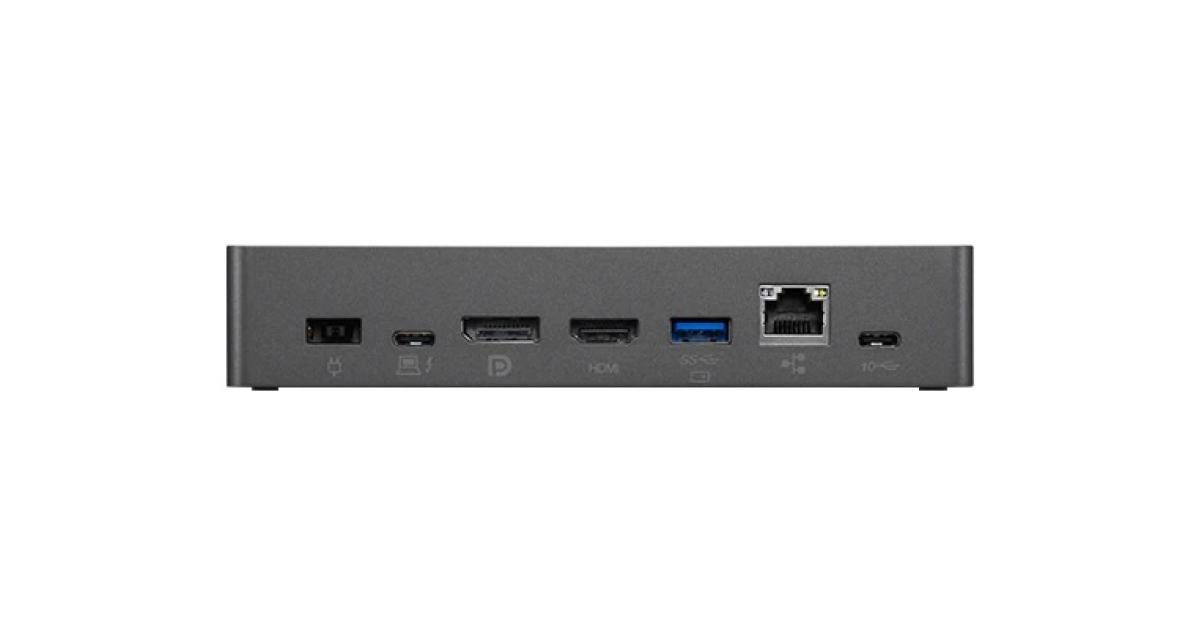

I observed that few times and even if I left it overnight, it never recovered. It might happen that even after few minutes, Access Gateway will not be properly imported and you will see something similar in Admin Console: Now log into Admin console and wait until you see Identity Server imported. This would detach you from the container.Īs you can see, Admin Console port is wrong here, too. Installation is done when you see something similar to: add-host="nam-d-edir1:$/custom/lists:/opt/novell/nam/docker/lists/runtime \ cap-add=CHOWN -cap-add=KILL -cap-add=FOWNER -cap-add=DAC_OVERRIDE -cap-add=SETGID -cap-add=SETUID -cap-add=AUDIT_WRITE -cap-add=NET_BIND_SERVICE \

To run Admin Console container, execute following command: This would detach you from the container. There you can find links to all images with current tags, but to make it simple, you should run following commands (to get AM 5.0.1): Link to docker hub repositories is stored in values.yaml file and points to. One is using docker pull command and other is to manually download Access manager docker images from Microfocus SLD (file AM_501_) and then load them into docker using commandĭocker load -input AM_501_ There are two ways of getting AM docker images. Maybe you can also request evaluation license, but I cannot find that option on existing Micro focus web site (it was quite easy with old NetIQ web…). Get AM docker imagesĭisclaimer: If you want to play with AM, you need to own Access Manager license.

Note that as with supported Kubernetes setup, all AM docker containers we will create will run using host networking ( ). To not fill OS disk with my tests, I have mounted two additional data disks to server, one for /var/lib/docker (docker images can take quite some disk space) and other as a docker data disk mounted to /media/dockerdata.ĭocker was installed using official installation instructions found on docker site. My choice of poison was Ubuntu 20.04.3, which is currently latest LTS version. So, I dug into provided Helm charts.Īctually, reading charts was not that hard and eventually I compiled list of commands which I could use to spawn simple AM lab. As mentioned previously, I'm no Kubernetes or docker expert, so I might have missed something, but for now my lab works. I don’t know much about docker and almost nothing about Kubernetes, but I was convinced that there must be a way to run AM containers without Kubernets. Access Manager is supported on Kubernetes container orchestrator, not just plain docker installation. I got my docker server set up and then faced another issue. Of course, easiest way would be to set up appliance, but since latest versions also supports containers, I said to myself, “Why not”, and started installing Linux server with docker. I wanted to play around with AM version 5, so I need to set up a lab.


 0 kommentar(er)
0 kommentar(er)
